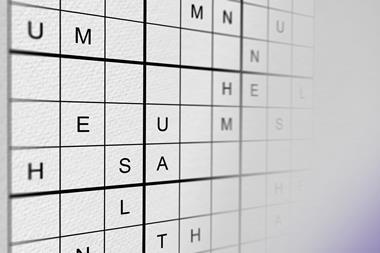How to fossilise your hamster: and other amazing experiments for the armchair scientist
How to fossilise your hamster: and other amazing experiments for the armchair scientist
Mick O’Hare
London, UK: Profile Books 2007 | 256pp | ?7.99 (SB) ISBN 9781846680441
Reviewed by James Mitchell Crow
How to fossilise your hamster follows in the very successful footsteps of Does anything eat wasps? and Why don’t penguins’ feet freeze? However, for this latest title in the series there’s a twist to the question and answer formula - this time the answers come in the shape of an experiment that you can try out at home.
While you might think this new kitchen science approach would limit the contents to the fairly mundane, this doesn’t turn out to be the case. The book even includes an experiment to measure the speed of light - using chocolate, which has the added benefit that your results are edible.
The book also tackles the science behind everyday observations - like the way your breakfast cereal behaves due to surface tension - and introduces the control experiment to dispel that great urban myth, that an opened bottle of champagne will keep its fizz for longer if you put a teaspoon in the neck. The science behind the experiment is always included - and it’s amazing how properties like thixotropy become interesting when used to explain the best techniques to get tomato ketchup out of the bottle and onto your chips.
Overall, How to fossilise your hamster is an enjoyable addition to the New Scientist series.












No comments yet